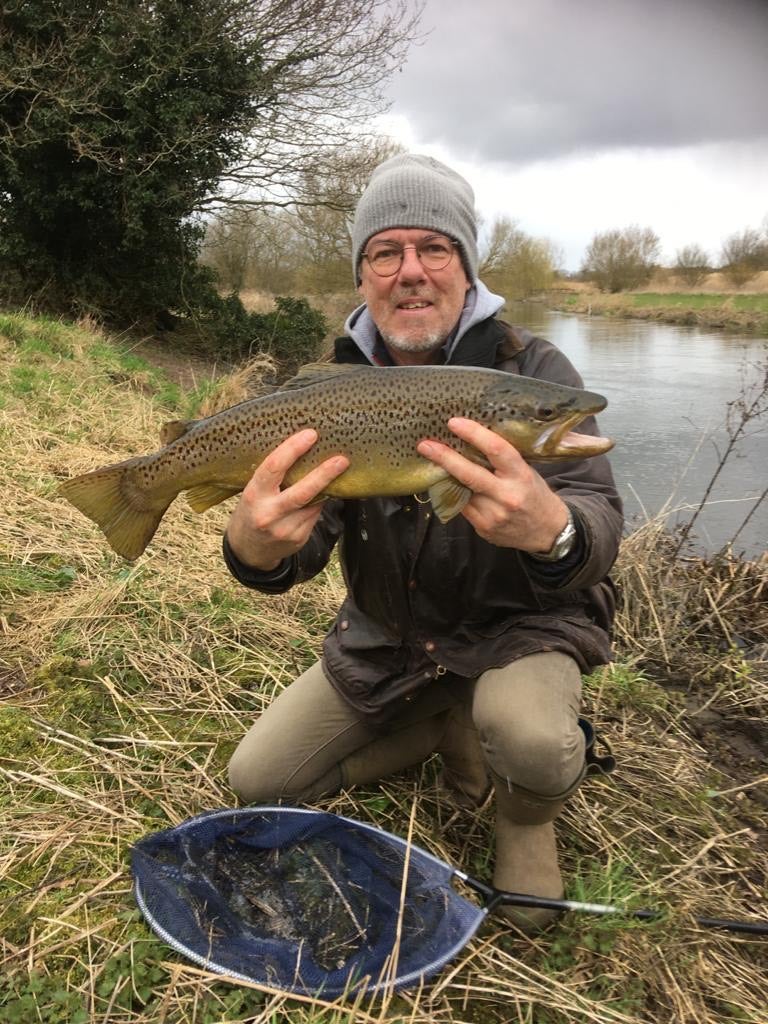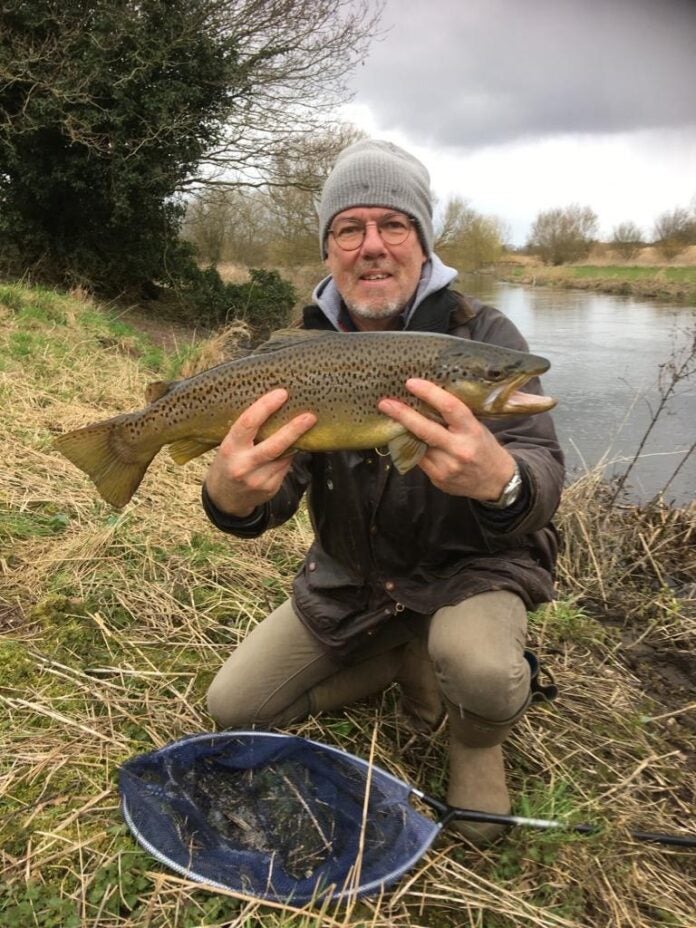Let me give you a bit of background because I genuinely need some help here.
I began fishing the Wensum, and other Norfolk rivers, just a little too late to capitalise on the huge browns that lived there, back in years leading up to the Seventies. The history books record numerous browns of 6 pounds plus, including doubles, that were taken, especially from the mill pools. I was intoxicated by the idea of catching one myself as a teenager and young man in his twenties, even though the heyday of these great fish was over. I came close. I rubbed shoulders with a fish of perhaps 7 pounds in Lyng mill pool between 1973 and 1975, when it vanished.
Even more exciting, during the spring of 1975 I stumbled across an even larger creature in Worthing mill pool, a few miles up river. This beast was at least 12 pounds, spotted like a leopard, and I watched it comb the gravels for minnows and gudgeon over several weeks. In retrospect, I did not give that fish my all, and there were many things I could have tried but sadly did not. I’d love the chance again.


I’m happy with ‘may have been a stockie once’, but was probably stocked at 1.5lb and has been in the river several seasons, gaining strength, camouflage and cunning all the time, is now fin-perfect and well-muscled from a life in the current. Has fed more on flies and grubs than pellets. And has possibly eluded capture for most of its life.”
To some degree, I have been blessed with a second bite at this particular cherry. These past ten years, some big browns have again come from the Wensum, and even more so from the upper Bure. I have no doubt that the big browns caught mid-last century were native, but my question is – what about the source of these later fish? The photograph shows my friend Mark Hayes with a 5.13 Wensum brown, where I have seen and weighed fish up to 7.08. Robbie Northman has caught similar fish from the upper Bure. These are great fish, whatever their parentage, but quite obviously it would be good to know what that parentage is.
Both the Wensum and upper Bure do have stocks of small wild browns in their upper reaches, so it is quite possible that bigger fish have moved downstream, looking for increased food levels. I have no doubt that big browns can easily traverse sluices without much difficulty. However, it is equally possible, is it not, that these fish are browns stocked into the occasional small syndicates found along both rivers? They could easily be introduced fish that have grown on to a large size on a diet of minnows, and of course, signal crayfish.
I have heard various theories about how a big brown can be verified, one way or another, by looking at fins, spotting patterns, and so on. My problem is that many of these theories contradict each other, leaving me still groping in the dark. It might be that killing the fish, or at least taking scales, could establish the true identity of these trout, but I wouldn’t want them killed, and who would carry out the tests anyway?
From what I hear, these fish are not unique, and certainly other Eastern rivers hold similar spotted surprises. I’d relish knowing any way of forming a definitive opinion from looking at a photograph alone, especially of a fish that has perfect fins and superficially at least looks the real deal. So, answers, please!











